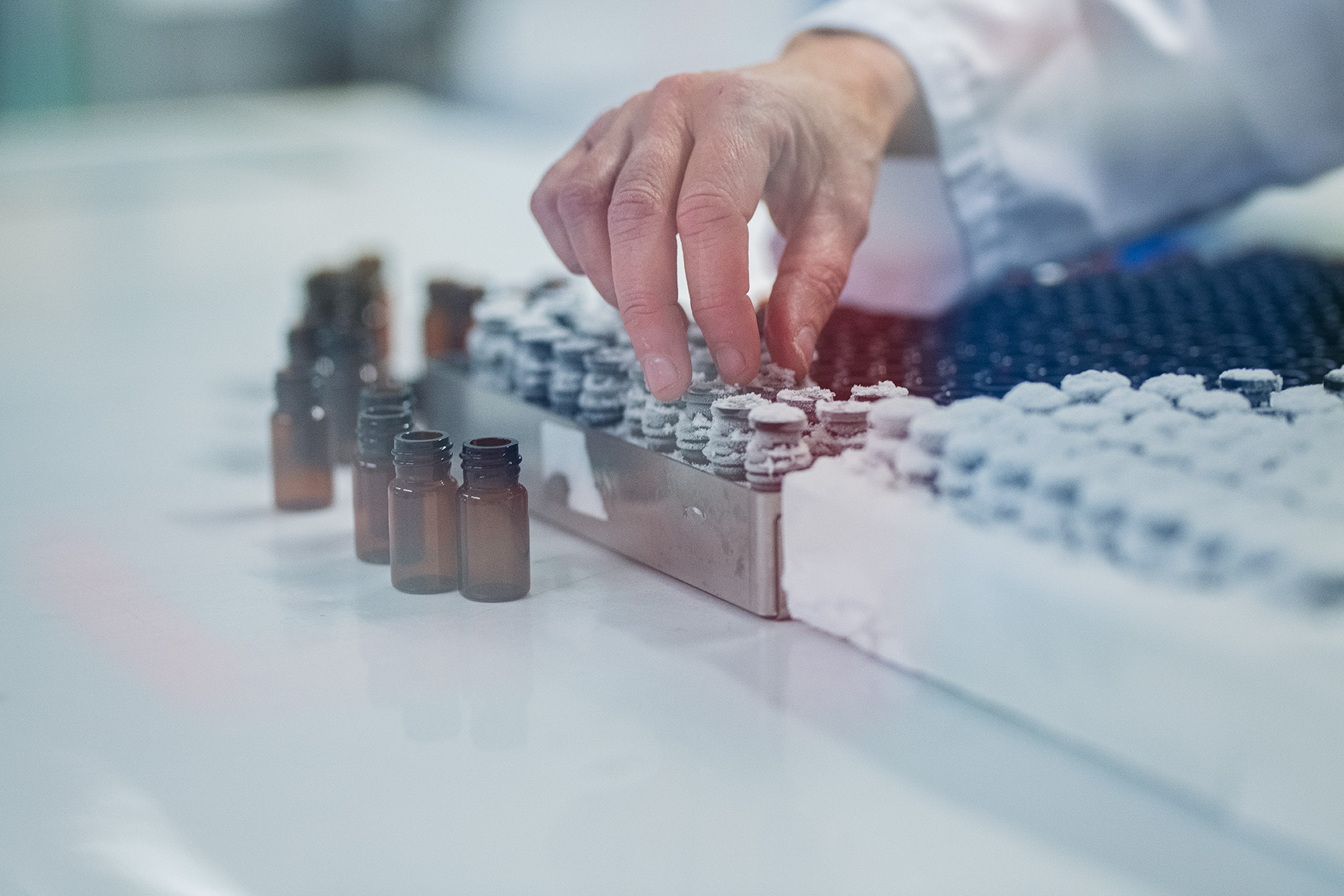Effect of Intra-Articular Sprifermin vs Placebo on Femorotibial Joint Cartilage Thickness in Patients With Osteoarthritis: The FORWARD Randomized Clinical Trial.
Abstract
IMPORTANCE
Sprifermin is under investigation as a disease-modifying osteoarthritis drug.
OBJECTIVE
To evaluate the effects of sprifermin on changes in total femorotibial joint cartilage thickness in the more symptomatic knee of patients with osteoarthritis.
DESIGN, SETTING, AND PARTICIPANTS
FORWARD (FGF-18 Osteoarthritis Randomized Trial with Administration of Repeated Doses) was a 5-year, dose-finding, multicenter randomized clinical trial conducted at 10 sites. Eligible participants were aged 40 to 85 years with symptomatic, radiographic knee osteoarthritis and Kellgren-Lawrence grade 2 or 3. Enrollment began in July 2013 and ended in May 2014; the last participant visit occurred on May 8, 2017. The primary outcome at 2 years and a follow-up analysis at 3 years are reported.
INTERVENTIONS
Participants were randomized to 1 of 5 groups: intra-articular injections of 100 μg of sprifermin administered every 6 months (n = 110) or every 12 months (n = 110), 30 μg of sprifermin every 6 months (n = 111) or every 12 months (n = 110), or placebo every 6 months (n = 108). Each treatment consisted of weekly injections over 3 weeks.
MAIN OUTCOMES AND MEASURES
The primary end point was change in total femorotibial joint cartilage thickness measured by quantitative magnetic resonance imaging at 2 years. The secondary end points (of 15 total) included 2-year change from baseline in total Western Ontario and McMaster Universities Osteoarthritis Index (WOMAC) scores. The minimal clinically important difference (MCID) is unknown for the primary outcome; for total WOMAC score in patients with hip and knee osteoarthritis, the absolute MCID is 7 U (95% CI, 4 to 10 U) and the percentage MCID is 14% (95% CI, 9% to 18%).
RESULTS
Among 549 participants (median age, 65.0 years; 379 female [69.0%]), 474 (86.3%) completed 2-year follow-up. Compared with placebo, the changes from baseline to 2 years in total femorotibial joint cartilage thickness were 0.05 mm (95% CI, 0.03 to 0.07 mm) for 100 μg of sprifermin administered every 6 months; 0.04 mm (95% CI, 0.02 to 0.06 mm) for 100 μg of sprifermin every 12 months; 0.02 mm (95% CI, -0.01 to 0.04 mm) for 30 μg of sprifermin every 6 months; and 0.01 mm (95% CI, -0.01 to 0.03 mm) for 30 μg of sprifermin every 12 months. Compared with placebo, there were no statistically significant differences in mean absolute change from baseline in total WOMAC scores for 100 μg of sprifermin administered every 6 months or every 12 months, or for 30 μg of sprifermin every 6 months or every 12 months. The most frequently reported treatment-emergent adverse event was arthralgia (placebo: n = 46 [43.0%]; 100 μg of sprifermin administered every 6 months: n = 45 [41.3%]; 100 μg of sprifermin every 12 months: n = 50 [45.0%]; 30 μg of sprifermin every 6 months: n = 40 [36.0%]; and 30 μg of sprifermin every 12 months: n = 48 [44.0%]).
CONCLUSIONS AND RELEVANCE
Among participants with symptomatic radiographic knee osteoarthritis, the intra-articular administration of 100 μg of sprifermin every 6 or 12 months vs placebo resulted in an improvement in total femorotibial joint cartilage thickness after 2 years that was statistically significant, but of uncertain clinical importance; there was no significant difference for 30 μg of sprifermin every 6 or 12 months vs placebo. Durability of response also was uncertain.
TRIAL REGISTRATION
ClinicalTrials.gov Identifier: NCT01919164.



